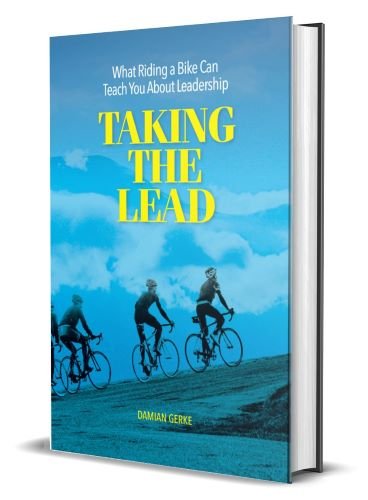What Commuting Taught Me About Leadership – Following Is a Part of Driving
I recently left a position with a great company, but with a long daily commute. This is the first post of an 8-week series on things about leadership that I learned on those long and tedious hours on the road.
– – – – –
Some people navigate traffic skillfully, consistently. They know when to brake, and do so evenly. They’re always in the best lane and flow well in traffic. They give all the proper signals. They seem to have good automotive “body language”: Cool, calm, collected, thinking, aware. They seem to make good driving decisions.
These drivers put me at ease. They make it easy to follow; I can trust them.
Others, by contrast, are erratic. They force themselves into spaces they shouldn’t. They constantly shift from one lane to another—without signaling—or speed-up-slow-down and force the cars behind them to constantly adjust their own speed (very dangerous in heavy traffic). They panic brake or divert onto the shoulder to avoid hitting the braking car in front of them. They have zero situational awareness, seemingly only interested in themselves.
These drivers always make me nervous. I tend to pull back and keep my distance. Frankly, I can’t trust them because I have no idea what they’re going to do.
“Frankly, I can’t trust them because I have no idea what they’re going to do.”
And Your Point Is…?
In traffic or in leadership, following someone is an inevitable reality.
So What?
First, be aware of who you’re following. Whether it’s your manager or someone else, how they drive (their work) should give you an indication of whether you A) want to leave a bit of distance between the two of you, or B) can be confident enough to follow them more closely.
There’s an old adage that I’ve found to be generally true: Teams usually reflect the qualities of their leader, for better or worse. Very likely, some of your leader’s driving habits are already affecting your own. You may want to be more deliberate about making some level of adjustment in the way you follow.
“Very likely, some of your leader’s driving habits are already affecting your own.”
Second, be aware that others are following you—or better said, they are choosing whether to follow you or not. Are you driving (your work) in a way that makes others trust you: Consistent, calm, cool and collected? Or are you erratic, shifting lanes, not signaling and operating without situational awareness?
The Big Picture
Almost all of us are both leading (even if we’re only leading ourselves) and following. Having more awareness to how and why we’re doing both will reveal ways to improve our leadership.
Your Next Step
Look in your rear-view mirror and ask yourself: Are those following me keeping a safe distance from my leadership, and if so, why?
Want More Leadership Insights?
Check out:


